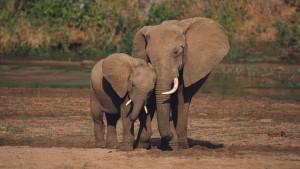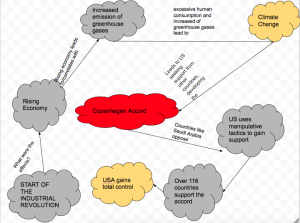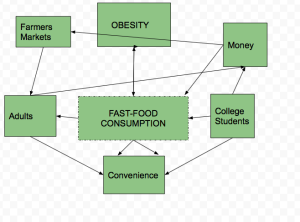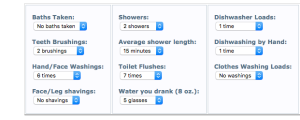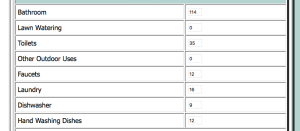- First, pick a species on the endangered species list. (found here: https://www.worldwildlife.org/species/directory?direction=desc&sort=extinction_status). You can choose from the vulnerable and threatened categories as well. Then, research WHY this animal is in danger, and in 200-350 words, describe what actions lead to this animal’s endangerment. Could this have been prevented, or is the animal on this list because of natural occurrences?
The animal I chose from the endangered species list was the African Elephant. This animal is actually considered to be vulnerable and not endangered. The African Elephant is the biggest land animal on Earth. A big reason why I chose this animal is not only because it is my personal favorite, but also because of the illegal activity associated with this animal. The African Elephant’s tusks are extremely desirable, making them a target for poaching within the illegal ivory trade. The Illegal ivory trade started in Africa and kills over 70,000 African and Asian Elephants a year. Mainly used for manufacturing, ivory is extremely valuable and considered to be an indication of wealth. Although there have been many acts and treaties to ban the illegal trade, they have been unsuccessful for the most part, hence the endangered list. Considering the African Elephant is on the vulnerable list due to it’s illegal poaching, I think that this endangerment is definitely man-made, and is a direct result of human behavior. If we were to stop illegal poaching, it is inevitable that the African Elephant’s population would increase, thus eventually taking them off of the list. I understand that ivory is desirable, but I think that completely wiping an animal off of the planet to meet your selfish needs is completely disgraceful.
- In another 200-350 words, pick your favorite module/topic from the semester. What was most eye-opening to you?
My favorite topic to learn about this semester was the climate change lecture. I’ve taken several other classes involving the environment, but I liked how climate change was explained. I think the most crucial part of understanding climate change and the human influence was to stress about climate vs. weather. Overall from the lecture I got to understand about individual action and just how impactful what I do from day to day can positively or negatively influence a society. I think that climate change and biodiversity go hand-in-hand. The world has suffered from huge biodiversity loss as a result of human activity. Furthermore, the same applies to the results of climate change which have severely adverse affects on the environment. Climate Change also helped me understand more about my final project, which is about oil. The emission of fossil fuels into the atmosphere and overall understanding of polar ice caps melting really can impact biodiversity by certain animals being unable to thrive in new, compromising positions. Animals on the endangered list are there mostly by illegal poaching or due to the vast change of their environments. I find it to be pretty terrible that we are losing animals due to human behavior, but as of now, our economy is running on fossil fuel consumption, so we must adhere.

